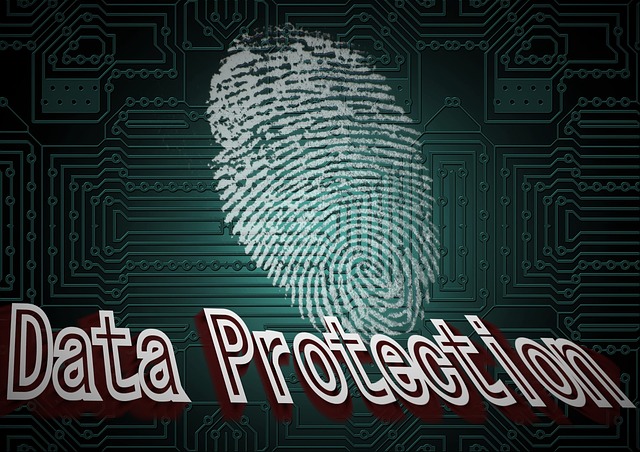Police Fingerprinting – The Best Way to Match the fingerprints of Criminal Suspects

Police check and fingerprinting has become an increasingly significant part crime scene protocol. Fingerprinting is the process of collecting physical evidence at the scene of a crime by using a particular device that catches and digitally reads fingerprints. These fingerprints are subsequently processed from the police department to acquire important information about the individual committing the crime. This procedure was likened to a finger printing nonetheless, instead of a finger print being recorded on a paper sheet, it is captured digitally.
Police Fingerprinting
Authorities Police check is usually performed when crime scene protocol was broken in some way. The prints will be contrasted with samples which have been taken from the defendant, witnesses, or crime scene investigators. This helps to determine if there’s some common match between the prints which have been obtained and the samples.
When local police departments began doing this service, they collected all the fingerprinting records from across the nation. They’d compile all the documents into a file. But many law enforcement agencies that having local jurisdiction over smaller areas in which crime had happened, did not have these federal database records available to them. A number of the smaller local police departments gathered their particular regional fingerprinting databases and saved the documents in their own individual community police departments. This made the compilation procedure quite boring, time consuming, and necessary resources from various police departments.
Police Fingerprinting
Some years ago, the FBI developed and began submitting its national DNA database to all fifty states. This made it much easier for local law enforcement agencies to submit fingerprints into the national database, so they can do the required checks. The majority of the state DNA database providers weren’t automatically linked to the local police department’s database. Therefore, it took a few weeks to find an update from the local police department when fresh fingerprints had been filed. In addition, most of the states did not have exactly the exact prerequisites for fingerprinting.
As more crime scene investigators became involved in amassing the evidence from crime scenes across the country, the fingerprinting procedure became standardized. The usage of the”AFIS” system became compulsory. Together with the implementation of this system, all fingerprints were submitted into the national database, which comprised over 100 million different fingerprints. This allowed local police departments to easily access the data base, conduct criminal checks, and execute dna identification on people living in the community.
There are still many differences between the way that authorities fingerprinting is done in various localities. Among the biggest problems is that fingerprinting requires the submission of numerous photos of the defendant. This is because the system used by local police departments only can determine the sex of the individual if all eight of the photos are submitted. Therefore, if the suspect in question includes a female sex and all eight photos filed, the local department would be unable to ascertain the individual’s gender.
Police Fingerprinting
One other important component that is always discussed concerning authorities fingerprinting is the process of collecting the evidence. Initially, law enforcement agencies had the conventional way of collecting crime scene photographs and then scanning them into the FBI’s national database. Afterward, they would send the photos to the office of the circuit courts. The workplace would scan the photographs into their database, examine them, and make a decision whether the photographs fulfilled the standards for being considered from the indicator. When the indicator was made, it would then be disseminated during the courtroom.
However, in the past few years, the FBI and other federal agencies have developed new technologies that have radically changed the way fingerprints are collected, stored, and shared. These newer technologies have greatly reduced the number of errors which are made during fingerprinting. Therefore, police agencies are now able to match fingerprints accessed through different national databases at the same time. In addition, many police departments now use state-of-the-art fingerprinting equipment in order to quickly complete all the necessary fingerprinting processes in a significantly briefer time period.

